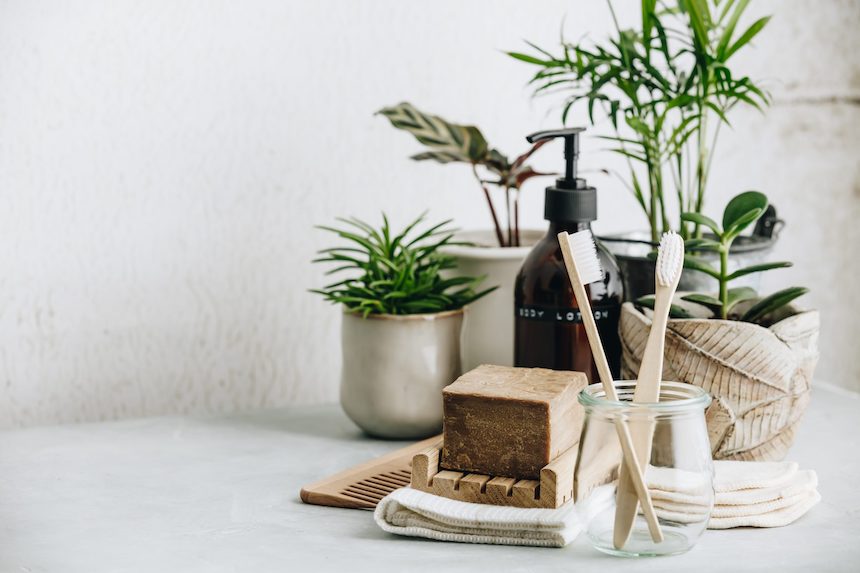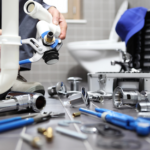
As people push for more sustainability in their life, the home is becoming Ground Zero for their efforts. How we live at home is one of the biggest factors as to how much we are able to live in a more sustainable manner. We can do things like carpool, buy less plastic and eat less meat, but the house itself is going to be where we end up falling short.
Designing a house to be sustainable and eco-friendly should go room by room so you have an intentional plan. The bathroom is a good place to start because it can often be a neglected room of the house. There are a lot of opportunities to up the ante and make it one of the most eco-friendly rooms you have. In this article, we are going to focus there and give you plenty of actionable ideas to get you started.
1. Use Sustainable Materials
There is a lot of plastic in the bathroom and this will eventually end up in a landfill where it can leach into the water table. It is best to look for other, more sustainable materials for some of the everyday items in the bathroom.
For instance, even something as small as a bar soap holder can be made out of ceramic so it will last a long time and won’t pollute the environment when it comes time to throw it away if it breaks. Do the same thing with things like your shampoo or body wash by getting permanent holders and buying in bulk and filling them up. This reduces how much plastic you are buying.
Using bamboo toilet paper is also a good way to be more sustainable since it is made from an easy-to-grow source, unlike trees. Bamboo grows quickly so it is regenerative and uses fewer resources. Many brands make toilet paper without bleach, plastic, and BPA so it is not going to damage the water system when it is flushed.
Bamboo is also a great material for things like your toothbrushes, shelves, and other containers so it doesn’t cause deforestation.
2. Use Efficient Fixtures
A lot of water is wasted in the bathroom since it is the area where it gets used the most. Replacing fixtures with low-flow versions will save thousands of gallons per year in water. These days, fixtures are designed and engineered in a way that uses less water while also providing plenty of water pressure. A shower with low flow technology won’t feel any different than a shower that uses twice as much water.
Toilets can also be more efficient so look for dual flush versions that use less water depending on what is needed to be flushed. Even when using the button for solid waste, it will use less water than a single flush one.
In addition, you should also be taking shorter showers to save even more water. Shutting off the water while you brush your teeth is the responsible thing to do, too.
3. Go With a Greywater System
Water treatment plants use a lot of resources to clean water from the sewer system so it can be put back into the environment. The less water they need to process the better it is for everybody.
You can prevent thousands of gallons per year from even going to the treatment facility by installing a greywater system. This system brings the water used for things like the shower, sink, and laundry out into your yard instead of to the sewer system. With a system of pipes and cisterns, the water is taken outside, filtered naturally through sand, and then dispersed into a garden or lawn to water the plants.
If you live in an area where there are frequent water bans, then this is an ideal solution to watering your lawn or plants.
4. Try a Composting Toilet
A waterless toilet could seem a little extreme for some people. It essentially brings back memories of going to the bathroom outside in an outhouse with all the smells involved. However, composting toilets have come a long way and even have a place inside the home.
They don’t smell at all when you take care of them and will reduce your water usage dramatically. Just keep some wood chips or even mulch beside the toilet and toss some in after using the toilet. As a bonus, you’ll have some compost to put in your garden for a growth booster for the plants.
- How To Boost Your Confidence on a First Date - February 23, 2024
- 5 Must-Try Fashion Trends for 2024 - February 14, 2024
- 12 Must-Have Items for Your Daughter’s Gift Basket - November 28, 2023






